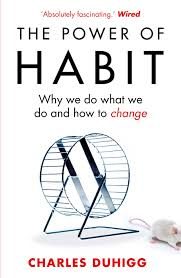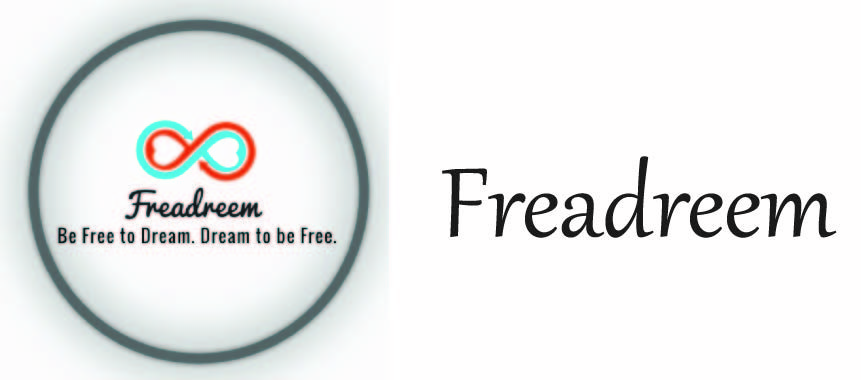
When you travel, you step outside the confines of your normal day-to-day environment or life. Leaving you’re normal environment forces you out of your normal routine, which is made up of automated habits. Some you may have consciously developed, others may have evolved as a result of the “butterfly effect” or subconsciously learned from others and your environment, or others that you may have even unconsciously developed as a means of survival and human
Changes to your environment, routine or even mindset can interrupt a habit. Habits are very delicate and the slightest changes can disrupt their triggers and even stop the habit from being set in motion. The absence of a habit being triggered can draw attention to it, especially if it is a habit that you are not aware of. Metaphorically, you step out of the woods and can see the wood from the trees. This is a very powerful state to be in, giving you the power of awareness and the ability to identify. Once you have identified a habit, you are able to consciously decide if it serves you or not and if you would like for it to continue to be a part of your being, or not. If not, you are able to take action to break, replace or evolve the habit.
But what action? Becoming aware of a habit moves you from a state of “you don’t know what you don’t know, to you know what you don’t know”. The next step is to deconstruct the habit to understand how and why the habit was created to be able to develop a formula to break it and replace it with a consciously selected habit that serves you. This is where the ‘habit loop’ methodology and the practices in “The Power of Habit” come into play.
Through a collection of case studies and numerous scientific studies, Charles Duhigg sets out to explore the science of habits. He begins with the neurological process of a pattern converting into a habit. This is whereby brain activity required to activate the pattern ceases and the brain diverts its focus elsewhere, whilst the pattern engrains itself into the basal ganglia (an area of the brain) activated by cue and becomes an unconscious part of one’s being. Perhaps these habits could even become ingrained in DNA and so passed on to evolve the species. I ponder that if our beings are made up of a collection of habits, can we be compared to a collection of coded “if” and “and” statement formulas. We can leave the complex and universally applicable coding of humanity to those focused on developing Artificial Intelligence (AI), but on an individual level we can identify, decipher and understand our own individual habits in our quest to understand why we do what we do for our continuous improvement.
Duhigg formulaically lays out the “habit loop” which is made up of a Cue, Routine and Reward. He leads you
“Freadreem the endless possibilities of your Being crafted from carefully curated habits by none other than Yours Truly.”
Alice @Freadreem




Interesting